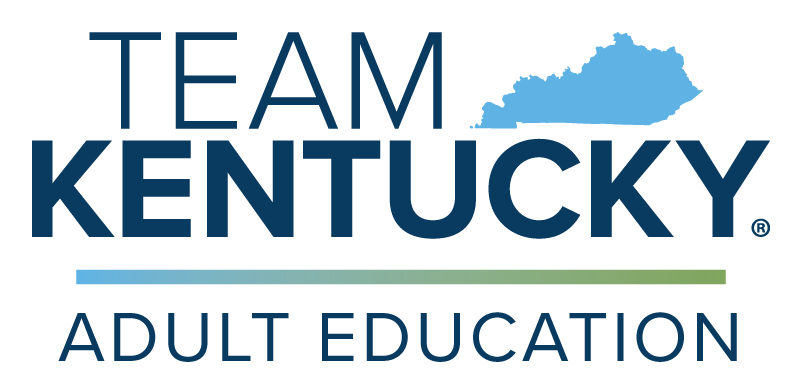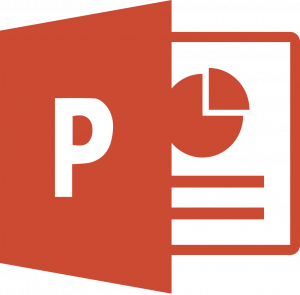Greenup County Detention Center Graduate Tim Parsons

PRODUCT DESCRIPTION
KEDC Skills U has created a uniform outreach and marketing campaign specifically designed to recruit students who are in the Probation and Parole (P&P) population. By establishing a strong partnership with P&P in every county, we can facilitate a warm hand-off for students, meant to create a personal connection to potential students and thereby increase our enrollment. Ultimately, we know that education reduces recidivism, one report (D. L. MacKenzie, What Works in Corrections: Reducing the Criminal Activities of Offenders and Delinquents (Cambridge, Mass.: Cambridge University Press, 2006), p.77) even concluding that those who attained a high-school equivalency were almost 1.5 times as likely to experience reduced recidivism as those who did not achieve that education.
Our PLC chose to create this marketing and tracking campaign after analyzing our collective program data and considering our new consortium alignment. First, analysis of quarterly program performance summaries led to the group’s consensus that enrollment was the area of greatest need and that P&P might offer a new outreach area. Clients who had perhaps started a GED® in a corrections setting but who had not completed it before release could be reminded of available resources to do so outside the walls of the corrections setting. Secondly, in light of a new KEDC alignment, the group concluded that the program would benefit from a consistent message and branding for all 11 counties. The campaign, though aimed at the somewhat narrow P&P population, will serve to connect our program’s identity across a diverse geographical area to a diverse population.
This outreach campaign includes a concise elevator speech showcasing our program’s high points, a PowerPoint presentation, marketing materials specific to P&P, and a tracking sheet for county referrals. All materials have been edited to include county specific Skills U contact information.

LIVE AND LEARN, MESSY MOMENTS
Messy Moments
- Things were messy during the initial implementation meeting of the P&P, perhaps because of the newness of the collaboration. Neither party (the parole officers and the Skills U representatives) knew what to expect and were a little uneasy about the whole process. In the past, Skills U sites in this consortium have generally never received clients from P&P, so there were not high expectations for major impact.
- It has been a challenge working with local P&P officers to get the correct information for our local P&P contacts. Some of their offices were in different locations than we originally thought.
- Finally, we are still struggling to work with the P&P population since they are not consistently mandated to attend GED® classes across judicial districts, but we are slowly making progress. For example, in one county, out of six clients scheduled to meet with us at the P&P meeting, only two showed up and neither have come into the center. Yet, in another district where students are mandated to attain their GEDs®, the rates of participation and completion are much higher.
To do differently:
- Direct communication with P&P officers from the start of the process, or at least included in the initial Reentry meetings
- Have the person P&P participants see at the meetings also be at the center for the contact/intake there
- Reach out to local judges to begin a dialogue about the importance of attaining a GED® or HSE and the possibility of “mandating” GED® completion as a condition of parole/probation.

MASTERY MOMENTS
We have experienced several moments of mastery to include forming stronger, and in some cases new, partnerships with local Probation and Parole offices and welcoming new students to our classrooms. Both the P&P officers and we are using the referral materials we’ve created. We are also able to use the materials in other environments associated with “at risk” populations, such as drug rehabs.
Since the first meeting, procedures and referrals have gone a little smoother. For instance, in one county, more clients have been scheduled to meet with instructors.
While some P&P participants resent coming to class and come only as mandated, in some counties, P&P clients attend regularly and instructors have developed good rapport with officers. This is a point of celebration.
Counties are able to brainstorm with each other ideas of how to best serve these students who often come with very specific learning barriers.
There has been some success already of students passing ready tests and taking GED® modules in KEDC counties. In one district, of 15 referrals, 5 have attended the center, three of whom have taken sections of the GED® and one of whom finished. This is another point of celebration.
We have observed P&P officers expressing an interest in attending graduations for P&P students, once they attain their GEDs®. Such open communication and commitment between local offices and P&P to best serve the educational needs of their clients has been a final point of celebration.

WHAT DO WE NEED TO CLONE THIS PRODUCT?
- Common presentation and elevator speech script
- Set days and times to visit P&P candidates; coordination with P&P officers
- Half-page fliers to hand out to candidates at the meetings
- Tracking sheets

WHAT IS THE PROCESS?
-
- Identify program personnel as primary points of contact for Skills U counties/judicial districts
- Establish points of contact with both reentry coordinators and local P&P offices; verify their contact information and office locations (1-2 weeks)
- Contact the re-entry coordinators/P&P officers and schedule face-to-face recurring meetings for referrals (Those identified in #1 above are the responsible parties.) (1 week)
- Create marketing materials for use at P&P/re-entry orientation meetings
- program flyers (1 month)
- introductory welcome power points (1 month)
- a consistent “elevator speech” (2 weeks)
- business cards
- Attend orientation/P&P face-to-face meetings (College and Career Navigator and #1 above) (monthly at a minimum, ongoing)
- Track referrals from P&P on the tracking sheet (Staff should check this data on a regular basis, at least monthly, to see if numbers are increasing and students are making progress towards goals.)
- Follow up with individual referrals (weekly, ongoing)
Results of the Product
Cumulative data uploaded to this website has been edited for FERPA compliance. Individual counties did submit their own copies of the tracking sheet, but those have not been uploaded here to maintain client confidentiality. All counties submitted the same form for tracking that is used for the cumulative tracking sheet. Additionally, each county used the flier template to create a county-specific handout for potential students at meetings; however, only one has been uploaded here rather than all 11. The fliers were also used at rehab facilities for recruiting purposes.





